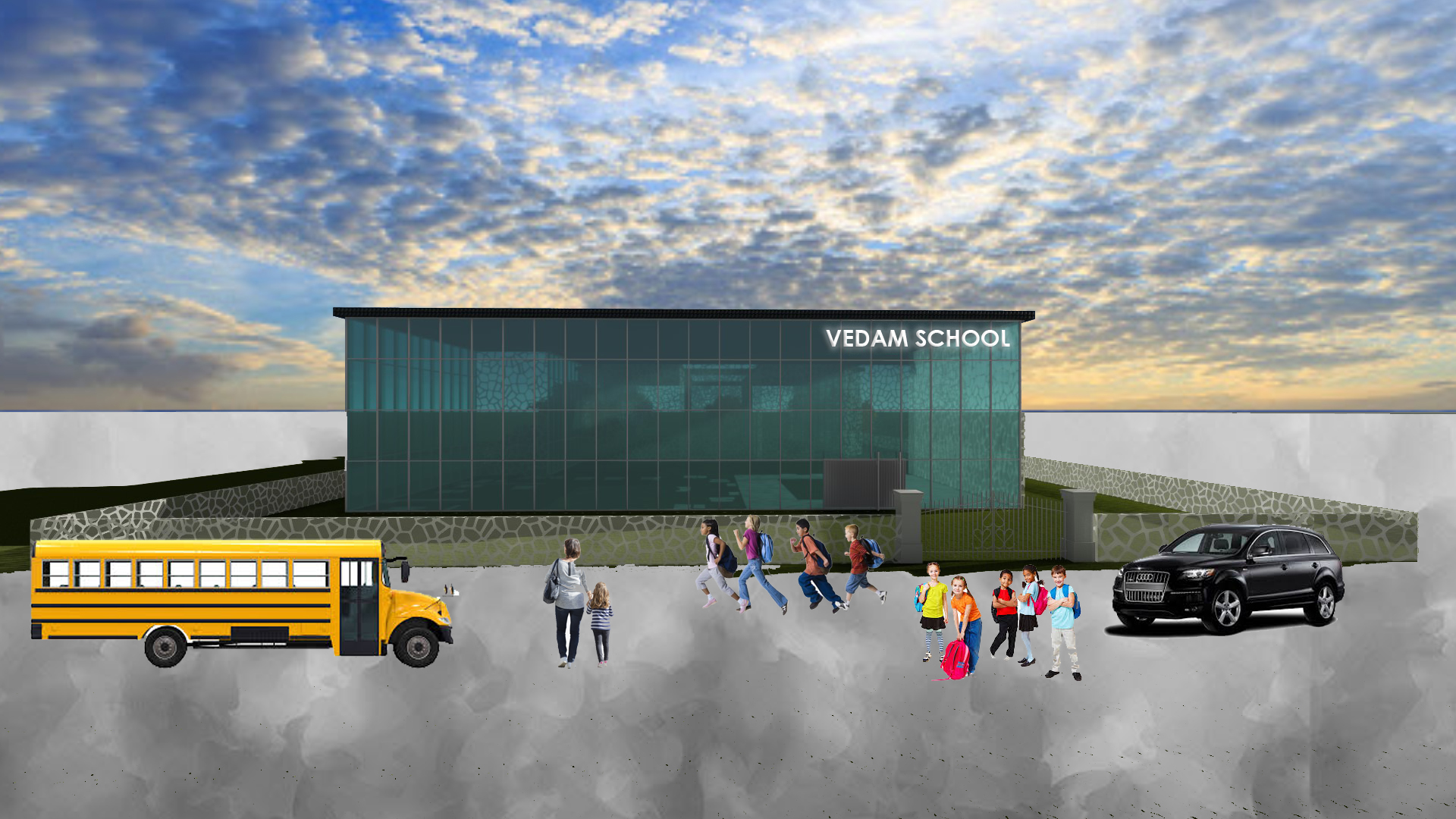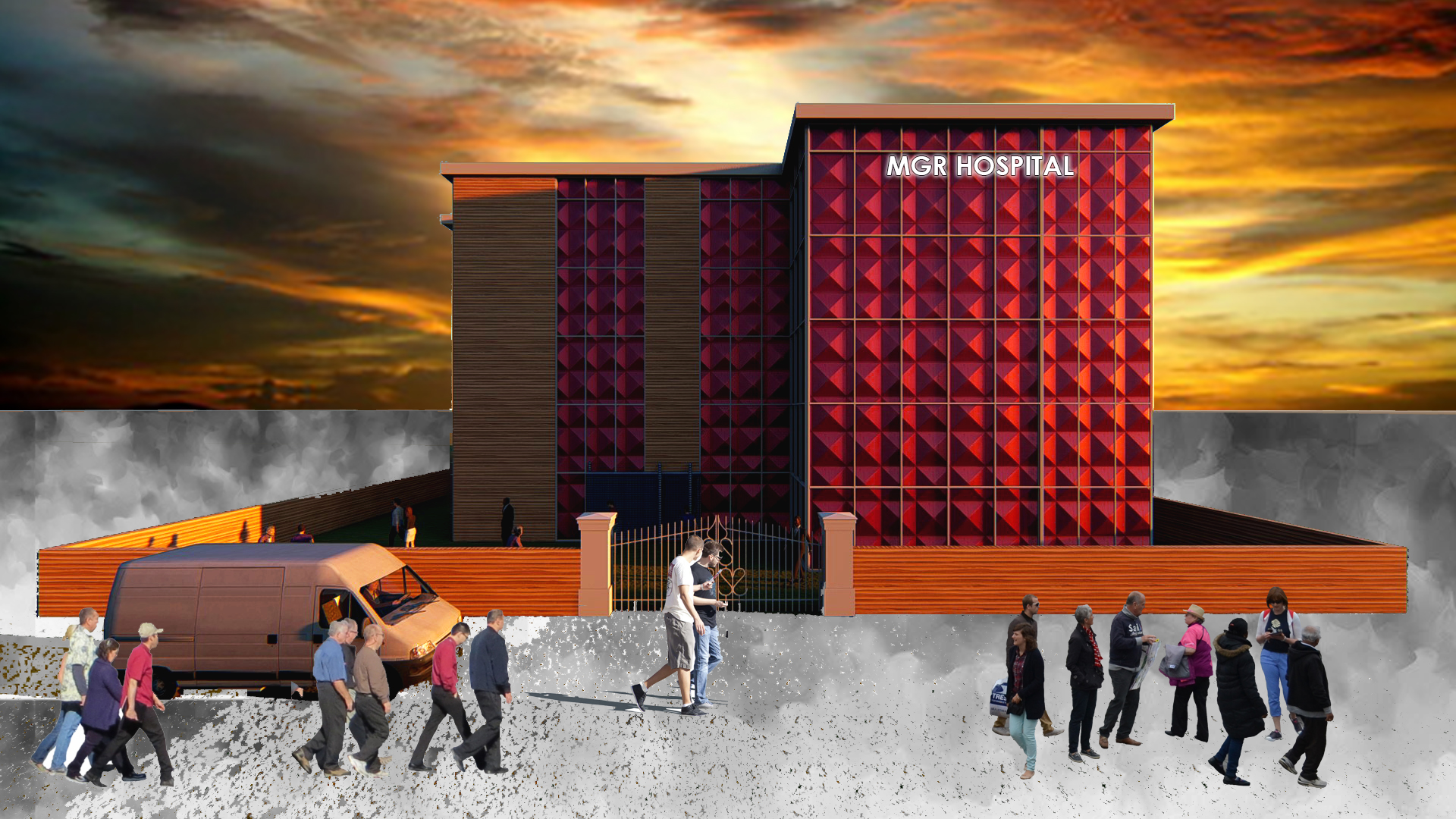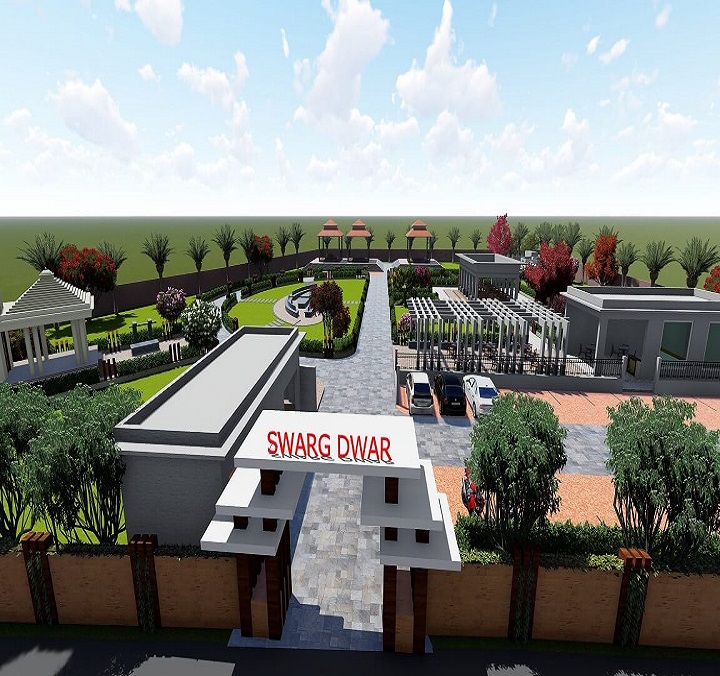25 Things
changed in old and modern construction
Although
construction seems like an industry
that incorporates changes at an exceedingly
slow rate when we talk about things that have changed in construction over the years, a long list comes to mind.
In
this article, we will explore the
things which have changed in modern
construction compared to the old
one.
Safety
Rules: This is the
first and foremost thing that comes
to mind when talking about changes to the old method of construction.
environmental
policies: Until a
few decades ago, the large project didn’t even bat an eyelid about the damage
they were causing to the environment.
Stricter
labor policies: Just
like stricter safety rules, the rules about labor policies have also changed to favor the labor force and prevent their exploitation.
Framed structure: The concept of the framed structure took root in the 20th century and has since changed the way we construct buildings now.
Cement: Being the second most used commodity in the world after water,
cement might seem like something which has always been there but it was in 1824 that Joseph Aspidin discovered ‘cement’,
which has, in a very obvious way affected
how we construct.
for further information please click the links given below-
https://www.youtube.com/watch?v=5gWzMNnAxNQ&t=71s
https://www.youtube.com/watch?v=wABmNfo9-0Q&t=52s
https://www.youtube.com/watch?v=6qtQ1UgKyJo&t=63s
https://www.youtube.com/watch?v=skOiZ1dabeI
Indoor
Plumbing: After
losing the sanitation knowledge to
the old world, it was in the 16-17th
century that sewage systems started developing again and heralded the
invention of indoor plumbing, which
we take for granted today.
Stone:
In the older
constructions, one can see that the main
component used was stones.
This was because manufactured
materials weren’t discovered yet.
Thus, making stone is the basic building material.
Function: Construction in the olden times was
ornamental when it came to buildings of public importance and palaces.
The
construction for the common man has become also more aesthetic as well as being functional these days.
Scale: The scale of construction has
changed a lot in modern times.
The
likes of skyscrapers wouldn't have
been possible with modern advancements.
Importance:
Only religious buildings and palaces were
considered important enough to
warrant the involvement of sophisticated
architecture and construction
technology.
Today every building and structure has to
comply with relevant standards and codes.
Vertical
construction: Modern
construction had to move vertically
upwards due to a growing lack of space.
A problem that wasn’t an issue in the older
times and thus the structures used
to span horizontally.
Regional to Global: These days architecture has moved from regional
design to being global.
That's why
there are no boundaries about who
can design a building there.
Change in the values:
The buildings
being built today no longer depict
the regional values and traditions
of a specific place anymore and have
moved towards more abstract values.
Facade: The facade of a building will alone not tell you whether the structure
is a religious place, a museum, a
theatre, or a building of
national importance.
Engineering: Our understanding of applied physics has come a long way now though
some of the ancients had great engineering too modern engineering has improved.
Green
Construction: The
construction industry has embraced the idea of sustainability and green
construction is a result of that.
Use
of software: Modern construction has the ease of using software
for calculations and modeling
purposes.
Project Management: There are sophisticated project management strategies in place for
construction.
3D Printing: With the advancement in 3D printing, more and more construction
is happening using this technology.
Aluminum formwork
system: This
system has made the process of concrete
casting easier, more efficient, and less time-consuming.
Integration
of technology: There
is increased integration of technology in the construction industry.
Site robots are being developed.
virtual
reality: VR has
come out of video games but VR and immersive
design are starting to make waves
in the construction industry.
BIM: The building information modeling
system helps engineers and architects in finding the feasibility
of the building under consideration.
Concrete advances: Special concrete-like self-healing concrete would become more
common in the coming times.
Tools and equipment: The tools and equipment being
employed for construction have changed
definitely.
construction seems like an industry which incorporates changes at an exceedingly slow rate but when we talk about things which have changed in construction over the years, a long list comes to mind.
Easy Nirman
Construction was Never Easy Before Us










No Comments yet ...